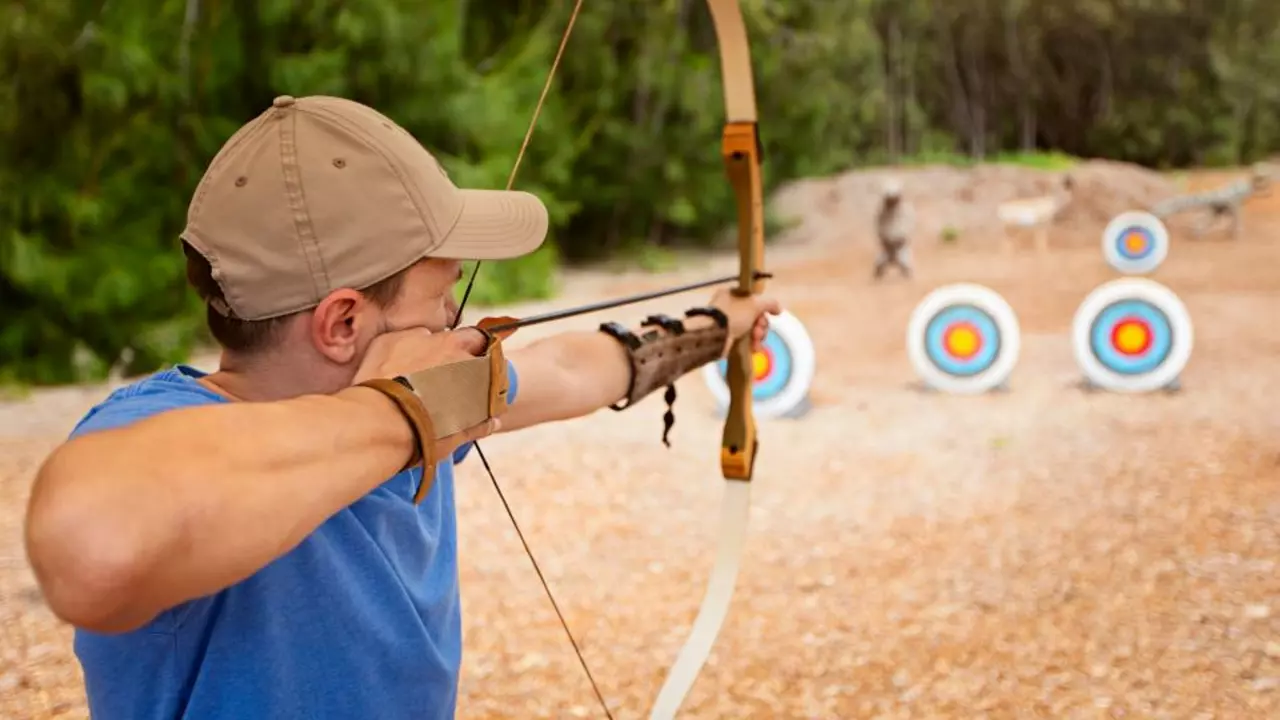Archery Class – Learn, Practice, and Improve
When you join an archery class, a structured program that teaches bow handling, stance, and shooting technique, you’re stepping into a community that blends skill, safety, and fun. Also known as target shooting training, focused sessions that use standardized targets to track progress, the class often incorporates compound bow, a mechanically aided bow that reduces draw weight and boosts accuracy and recurve bow, the classic curved‑limb design favored in Olympic competition. Proper archery safety, rules like finger placement, arm positioning, and equipment checks is woven into every lesson, ensuring that beginners and seasoned shooters alike stay protected.
What You’ll Master in an Archery Class
Archery class encompasses three core pillars: skill development, equipment familiarity, and competition readiness. First, you learn a consistent anchor point, smooth draw, and steady release—techniques that turn a wobbling arrow into a clean bullseye. Second, you get hands‑on time with both compound and recurve bows, so you understand how cam systems affect draw weight and how limb curvature influences arrow flight. Third, you explore the language of targets, from indoor 10‑ring circles to outdoor 3D animal silhouettes, because knowing what each ring scores helps you set realistic goals. The class also debunks myths—like the rumor that archery is banned worldwide—by explaining local regulations and safe shooting zones. You’ll hear stories about Hawkeye’s fictional gadgets, then learn why real‑world competitions demand plain‑arrow equipment and strict anti‑enhancement rules.
Beyond the basics, an archery class introduces you to the history that shapes today’s sport. You’ll discover how Holless Wilbur Allen’s 1969 patent revolutionized the compound bow, making it easier for newcomers to achieve consistent power. You’ll see why field and 3D targets matter for hunters, and how indoor target drills sharpen focus for tournament play. Safety drills cover everything from checking bow strings to wearing arm guards, so each session ends with confidence, not concern. By the end of the program you’ll have a personal practice plan, know which local ranges welcome beginners, and understand how to progress from a casual hobby to a competitive edge. Below, you’ll find articles that dive deeper into each of these topics—gear reviews, technique tips, myth‑busting Q&A, and real‑world class recommendations—so you can keep sharpening your aim long after the class ends.
